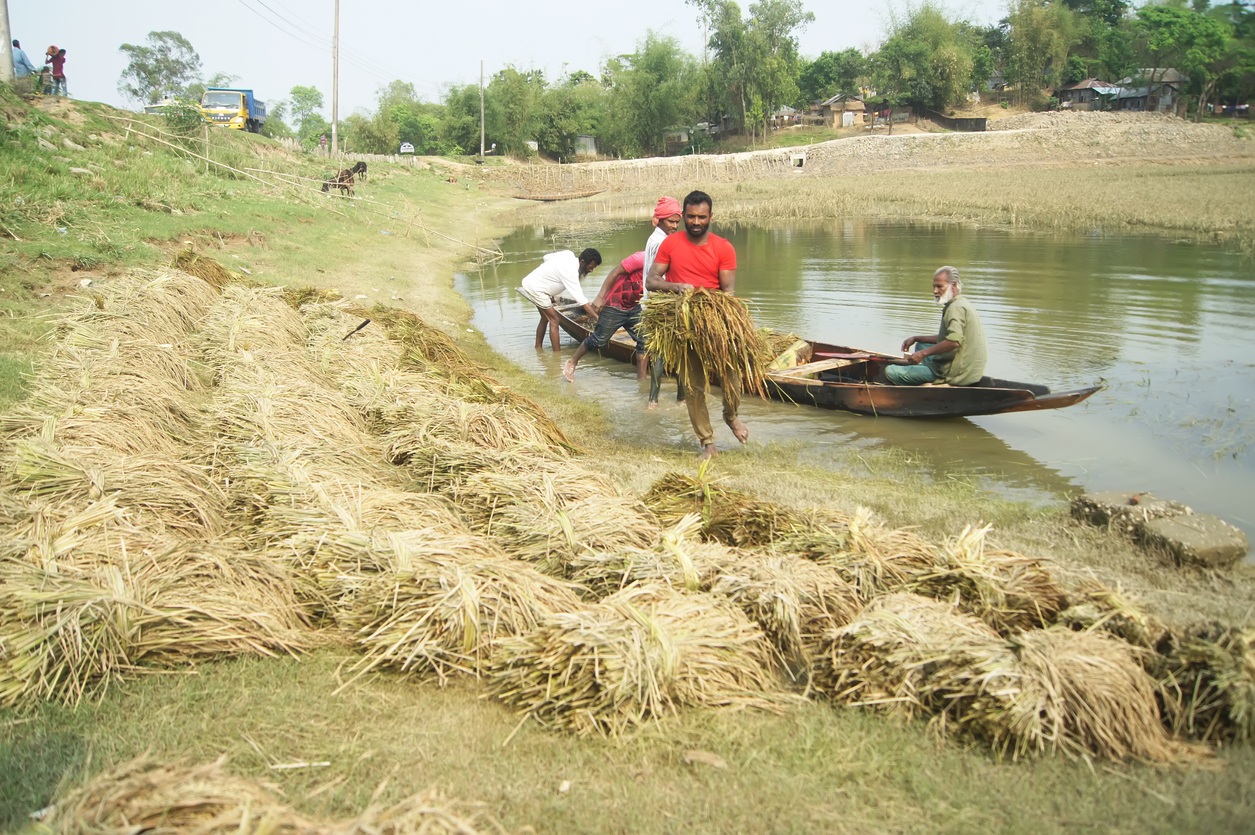The extended monsoon in India, projected to linger into late September, carries mixed implications for the country’s agricultural sector. While monsoon rains are crucial for the nation’s farming, which depends on them to irrigate fields and replenish reservoirs, an unusually prolonged season could spell trouble for summer-sown crops nearing harvest. India’s agricultural sector, the backbone of the country’s rural economy, is particularly vulnerable to erratic weather patterns.
Crops such as rice, cotton, soya bean, corn, and pulses, which are typically harvested from mid-September, are now at risk of being damaged by excessive rainfall. The potential for heavy rains in late September and early October could flood fields, leading to crop losses at a critical stage. This, in turn, may fuel food inflation, straining household budgets and increasing pressure on policymakers to maintain or even tighten export restrictions on key agricultural commodities. Historically, the delayed withdrawal of the monsoon has often led to mixed outcomes. On one hand, extended rains can lead to crop damage, affecting yields and quality. On the other hand, the additional moisture can benefit the planting of winter-sown crops, such as wheat, rapeseed, and chickpea, by improving soil conditions. This year, the stakes are higher due to the potential development of La Nina, which could further delay the monsoon’s retreat.
Advertisement
La Nina conditions are known to influence monsoon patterns, and their late arrival often extends the rainy season, creating uncertainty for farmers. While farmers await the final monsoon forecast, the broader implications of a prolonged rainy season cannot be ignored. India’s food security and inflationary pressures are intricately linked to agricultural performance. A damaged rice or soya bean crop could trigger ripple effects throughout the economy, from rising retail prices to reduced export revenues. For a country that has already implemented curbs on food exports to stabilise domestic markets, further crop damage could lead to even more stringent restrictions. However, it is also important to recognise the potential upside of the prolonged rains.
With improved soil moisture, the Rabi season could see a more robust start, potentially offsetting some of the losses incurred during the Kharif season. Farmers may be able to plant winter crops with greater confidence, knowing that the soil is well-prepared. Yet, the challenges of a delayed monsoon go beyond just agricultural output. Rural India, where a large portion of the population depends on farming for their livelihoods, could face economic hardship if crop losses are significant.
The rural economy’s health is closely tied to monsoon performance, and any disruption could have far reaching social and economic consequences. In this context, the government needs to be proactive in addressing both the immediate and long-term impacts of a prolonged monsoon. Ensuring timely support to farmers, monitoring crop conditions closely, and preparing for potential inflationary pressures are crucial steps in mitigating the risks. As climate patterns become increasingly unpredictable, the resilience of India’s agricultural sector will be tested, and adaptive strategies will be more important than ever.









